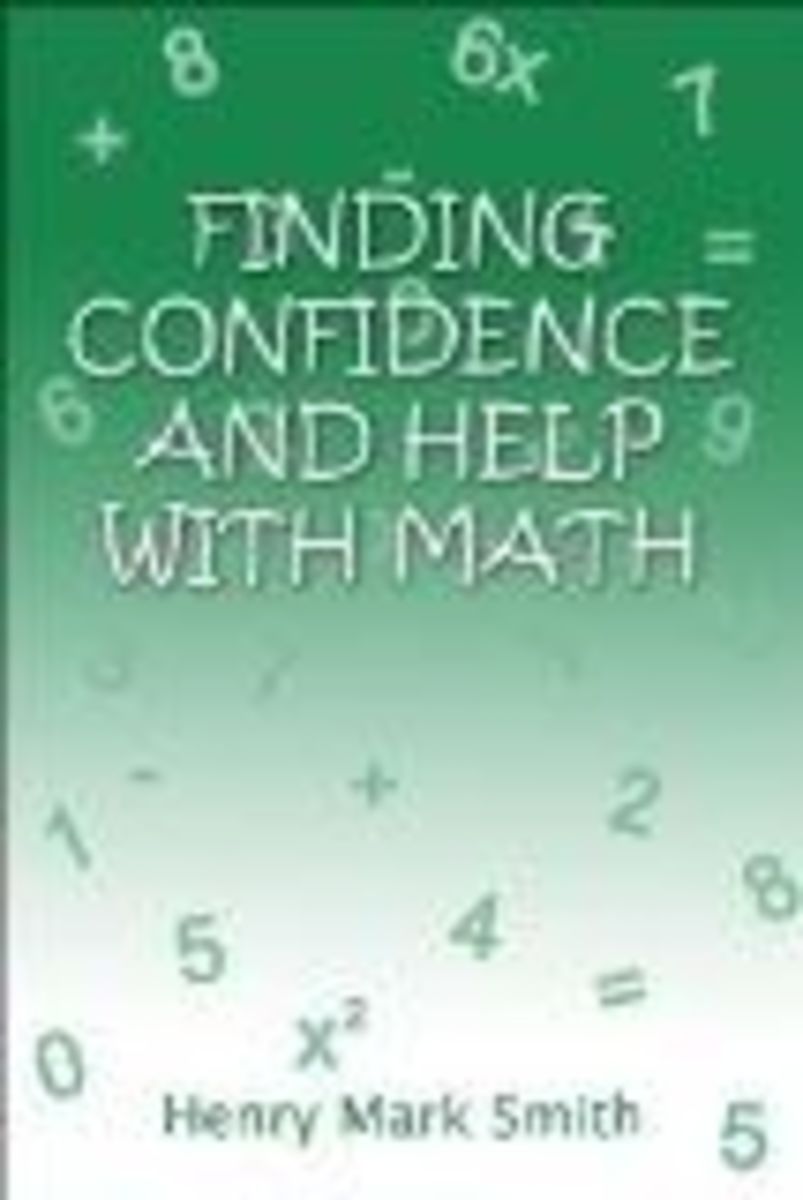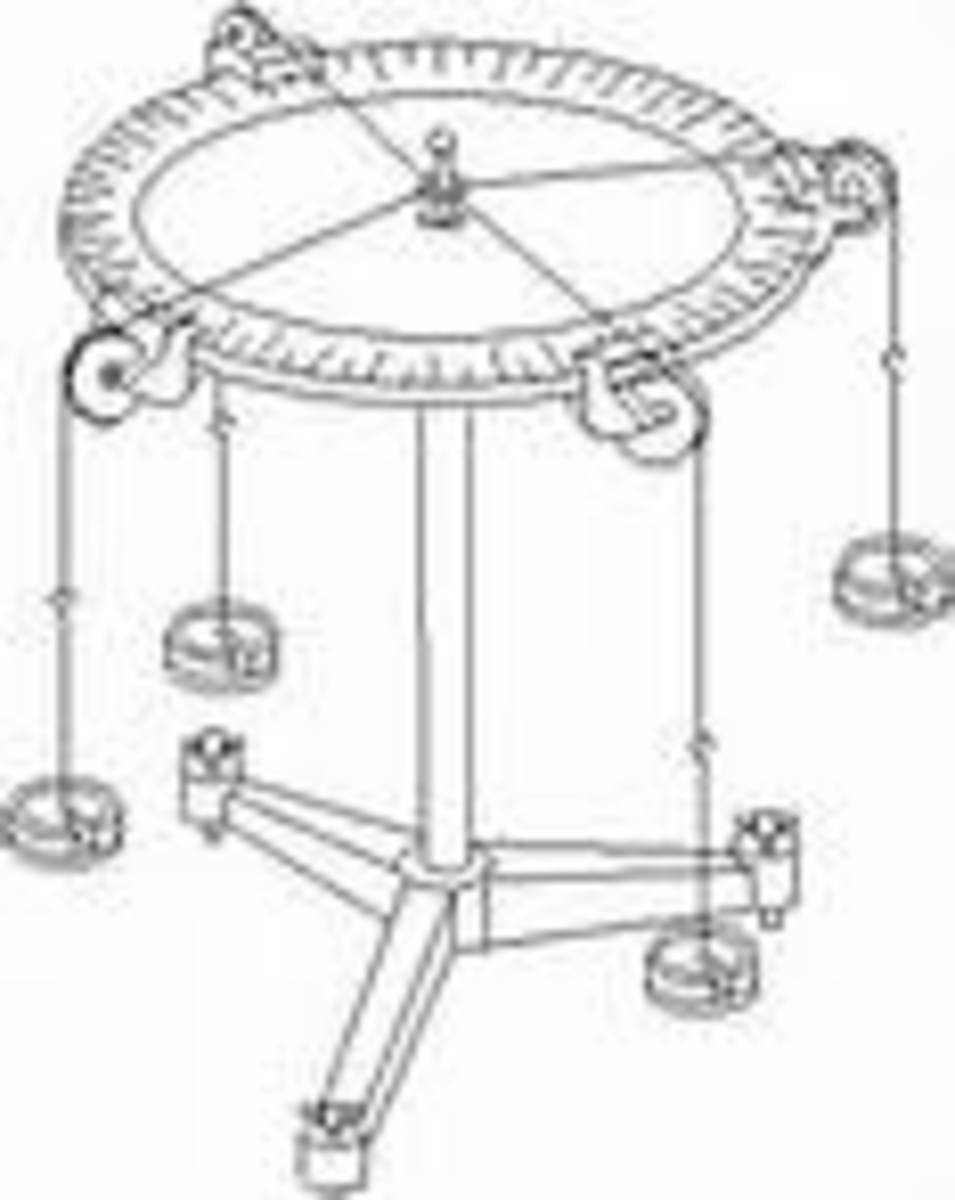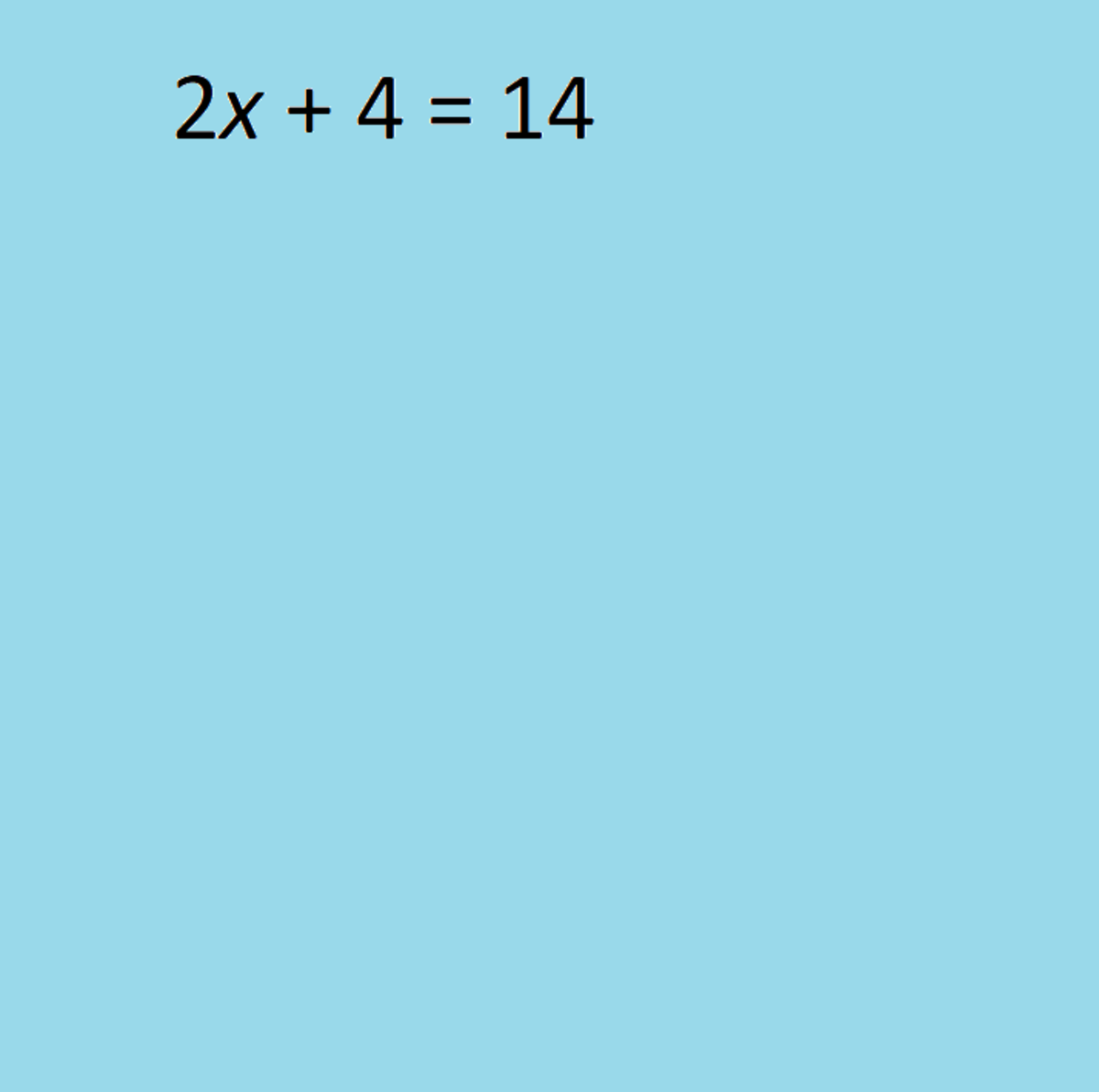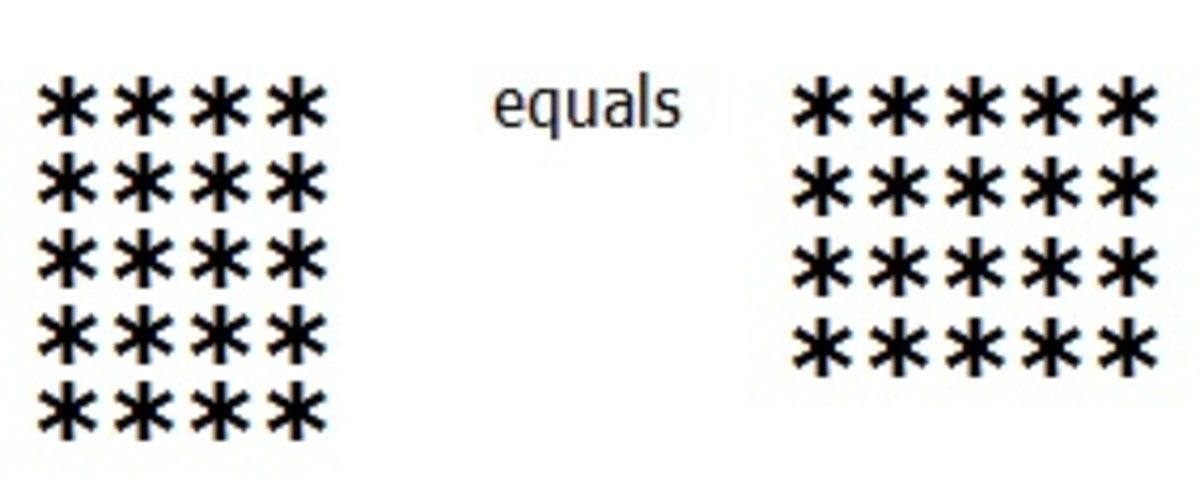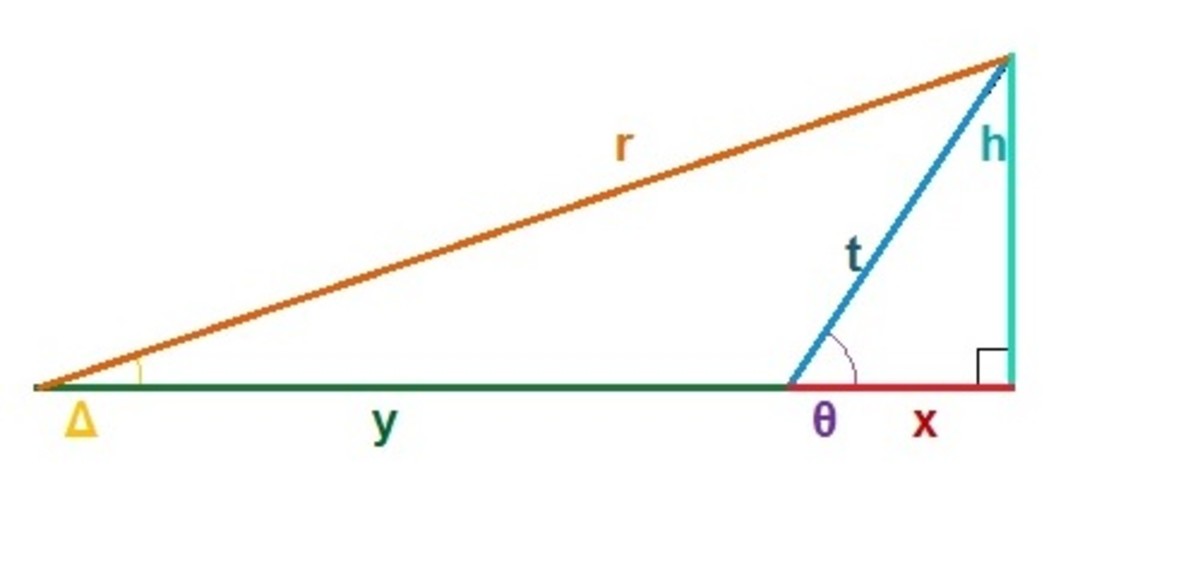How To Teach Division
If you talk about primary education than the four most basic operation of mathematics are addition, subtraction, multiplication and division. All four of these most basic mathematic operations belong to the arithmetic branch of mathematics. Like any student, primary students also feel that why are they taught these useless junk? Why they just can’t study without them?
Some students find addition and subtraction easy but the other two operations are a nightmare for them and they would use every possible method to avoid learning these operations. The fear of them just doesn’t let their brain to face these basic problems, they just keep avoiding it and if negligence is also shown on the part of teacher and the parents, students eventually become rusty and loose interest in the entire subject.
In order to teach a student mathematics, first one should try to make the student understand the importance of mathematics in general. Then one should tell the student how important it is to learn these four basic operations and give them real life practical examples to give them a better know how of how important these arithmetic operations are?
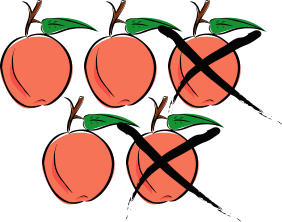
Addition & Subtraction
Every primary level mathematics book starts with the basic concepts of addition and subtraction. Students find it really easy to learn both these operations. So the tutor must make sure students know how to add and subtract.
While addition is used in multiplication, subtraction is required in division. So first practice worksheets must be given to students related to addition and subtraction. Initially give them basic addition and subtraction problems and then more difficult carrying and borrowing ones.
This will not just make the perfect in these two operations but also help polish their mind for more complex other two operations.

Leaning Of Multiples or Number Tables
Before heading towards multiplication or division parents and teachers should make sure the student know the number tables. I personally find many students that come to me not memorizing their tables. They find difficulty in doing their problems. Looking at written tables and doing your problems is not a good idea in my opinion.
The tutors should try to memorize the students the tables in a balanced manner. Depending on the level of the child he should be given tables to learn appropriately. Weak student usually don’t grasp these multiples quickly and keep forgetting them.

So teachers shouldn’t over burden them and let them see tables while working out. The teacher should listen to their tables daily and once the students have learned them. The teacher should ask any multiple randomly.
I usually tell my students to learn tables up to 12 after which they should try to make multiples of other numbers mentally or by multiplying them when needed.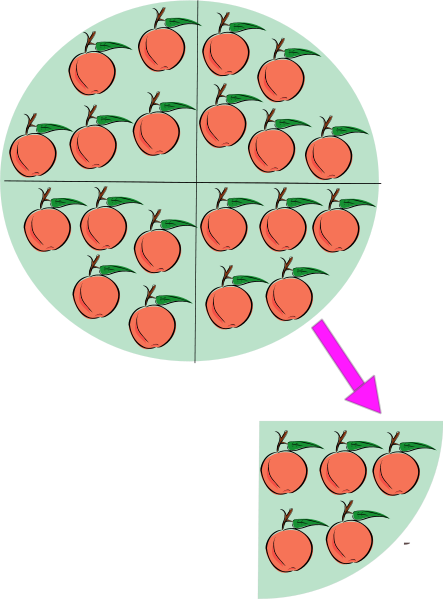
How To Start Teaching Division?
Division is the arithmetic operation that is usually taught in the end. Division requires learning of subtraction and tables so students should be thorough in them. Division can be done in a variety of ways and their can be different difficulty levels. So the tutor should first check the class books of the student to see what type of division has been prescribed.
Division can be done mentally, in fractions or by the long method. After mastering these techniques the student must be taught division in decimal.
The student should know how to divide mentally so basic examples like “12÷3=4” should be first taught. This will show them the links between multiples. When doing long division the tutor must tell the student clearly what is the divisor and what is the dividend. For example in “75÷5” 5 is the divisor and 75 is the dividend.
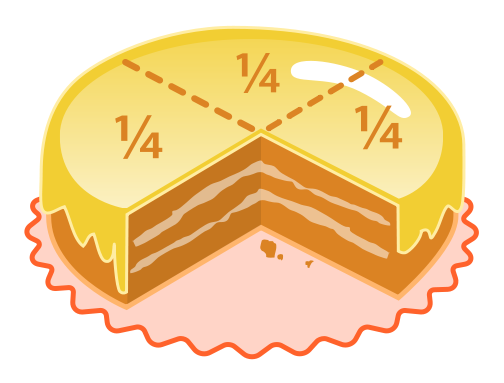
If the problem is in fraction then it must be told that the numerator becomes the dividend and denominator becomes the divisor. When teaching long division, the students must be given problems that completely divide without leaving a remainder. Later on other problems that don’t completely divide must be shown and taught.
A student must know what is a quotient, and a remainder in long division. After doing division with remainder the students should learn division in decimal. A variety of different problems of varied difficulty must be given to the student to make them perfect.
If they find difficulty in any one of them give them easier ones. Don’t just give them problems and leave them to do it all alone this will make them loose interest instead help them in every step until they are able to do things their own self.
Once the students learn how to work with basic problems, the students should be given real life word problems to make them familiar with real life division uses.


